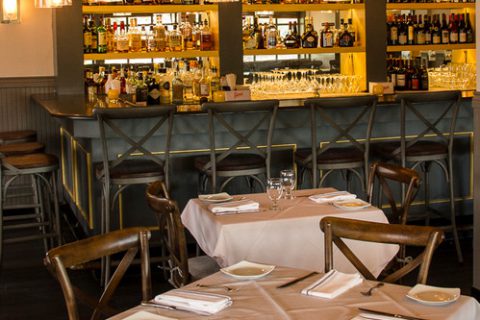A well-preserved ritual
An Italian meal is a ritual. Forget about pizza and a huge plate of pasta, let’s focus on the everyday mechanisms: primo, secondo, contorno, sparkling or mineral water. No cappuccino after 11 am. Something sweet like a pastry for breakfast. There are so many rules. I thought we had rules in France: an appéritif (daily mandatory ritual if you’re from the south click here), baguette, a main dish with minimal carbs and some protein, a simple green salad with vinaigrette (the dressing has to be in a little bowl on the side, very important), cheese and something sweet like a fruit (must be done in this order or you may risk to become instantly ill).
But Italian meals are on another level, no one speaks of the rules. The rules are part of everyone’s identity. They actually make sense and are rooted either in an intention to preserve flavors (like, add pasta water to your sauce) or for health benefits (cappuccino after lunch ruins your digestion). Everywhere around the world, people are baffled that Italians have low cholesterol, obesity risks, etc. besides eating carbs on a daily basis.
Portion control is part of the ritual
Portion control is part of the ritual: a primo might be pasta but just 250 grams, and a secondo could be fish (healthy protein and fat). In these unspoken rules lie the greatest satisfaction. There is no better feeling that eating a fresh plate of pasta and vongole and then taking a dip in the sea (although one must wait an hour before swimming to digest or also risk to instantly become ill — something else French people also abide by).
There are many cuisines around the world which are equally ritualistic, after all, the Japanese tea ceremony is ancestral and has no equivalent in the world. However, the dishes centered around these rituals might take longer to make. I personally adore Persian food and find that it follows the same pattern as Italian cuisine, while the flavors are greatly different. Take ghormeh sabzi, a delicious herb stew considered the national dish of Iran, it takes an average six hours to make.
While it is true that making homemade pasta can take a while to make, at the end of the day, pretty much everyone has time to make a quick lasagna. This is another reason why Italian cuisine has exported so well — forget about the rules, even with minimal cooking experience, it is easily accessible.






Discussion
Leave a reply